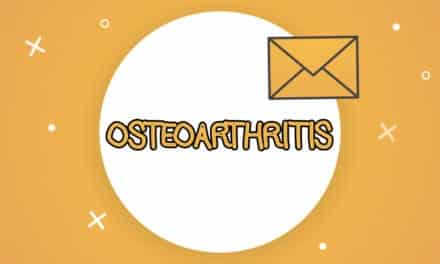Patients can expect to regain full functionality within 2 to 3 years after hip fracture surgery. In addition, being part of a social network may improve outcomes and speed recovery after treatment, according to a study published in the Journal of the American Academy of Orthopaedic Surgeons.
To provide patients with clearer expectations of the ongoing recovery process, lead author, Timothy Bhattacharyya, MD, FAAOS, utilized the National Health and Aging Trends Study (NHATS), a large longitudinal study on aging, to conduct an analysis of trends after a hip fracture.
A Closer Look
Bhattacharyya and his team pulled data for patients aged 65 and older who sustained one hip fracture between 2011 and 2016 and were still driving and leaving the house regularly at the time of the fracture. This data was compared to a national, aged-matched control group with similar demographics and comorbidities, a media release from American Academy of Orthopaedic Surgeons explains.
“We wanted to take a closer look at outcomes including mobility, driving frequency, depression and the ability to participate in activities outside the home, such as shopping, working and volunteering, because these are all important factors in maintaining ones’ independence and returning to normalcy following a hip fracture.”
— Timothy Bhattacharyya, MD, FAAOS, orthopaedic surgeon and head of clinical orthopaedic research at the National Institute of Arthritis and Musculoskeletal and Skin Diseases in Bethesda, Md
The study suggests that 1 year after the fracture, hip fracture patients are less likely to drive (76% of hip fracture patients vs. 95% of control group), less likely to leave the house (86% vs. 99%), less likely to work and volunteer (17% vs. 44%) and more likely to feel depressed on most days (20% vs. 10%). Hip fracture patients were also more likely to report being kept from their favorite activity due to their health for up to two years after fracture.
The long-term prognosis for patients demonstrates measurable gains in function and well-being, as there was no statistically significant difference observed in driving frequency, leaving the house regularly or working/volunteering between subjects two to three years after fracture.
Role of Social Networks
Bhattacharyya points to the important role large social networks play in recovery and encourages patients to push themselves to interact with friends and family. The study suggests that patients with large social networks were more likely to work or volunteer compared to those with small social networks (30% vs. 12%). Patients with large social networks also tended to have fewer comorbidities.
“There’s a natural tendency to not want to share your burden with others. However, you really have to do the opposite to avoid isolation. With a greater understanding of how socialization aids recovery, I now proactively encourage my patients to reach out to their friends and family to interact. Given the pandemic, patients can participate in activities with a few select people and prioritize online social interaction with larger groups.”
— Timothy Bhattacharyya, MD, FAAOS
[Source(s): American Academy of Orthopaedic Surgeons, PR Newswire]
Related Content:
This May Increase the Mortality Risk After Hip Fracture
Add Vitamin D To Boost Your Chances of Walking After Hip Fracture Surgery
What Has the Greatest Influence on Post Hip Fracture Surgery Outcomes? Hint: It’s Not Therapy





